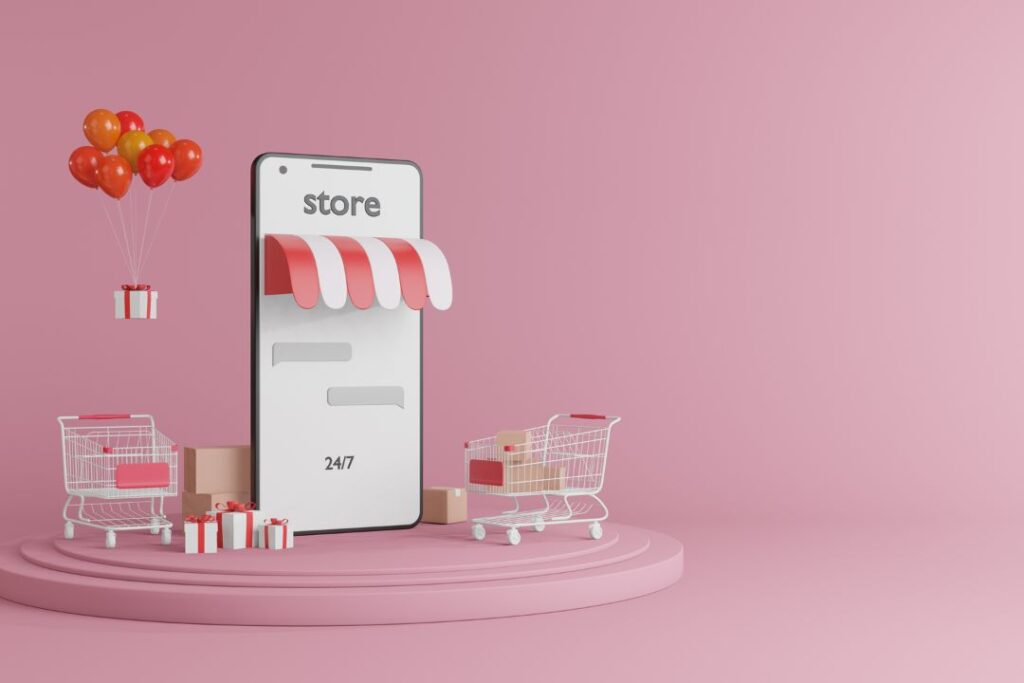The dropshipping industry, valued at nearly $150 billion in 2020, is set to grow by 30% in the next four years, fueled by the rising trend of online shopping and eCommerce. If you’re unfamiliar with dropshipping, this article simplifies the concept and provides a blueprint for launching your own venture.
Understanding Dropshipping

Dropshipping is a retail fulfillment strategy where online stores don’t stock products but source them from third parties, who handle shipping directly to the customer. The customer remains unaware of the supplier. Your role as a dropshipper involves managing the eCommerce website, marketing, and customer service.
The Dropshipping Process

- Product Creation: Manufacturers create products and sell them in bulk.
- Sale to Retailers: Wholesalers and dropshipping suppliers sell the products to retailers.
- Customer Orders: Customers place orders via your online store.
- Direct Shipping: Suppliers ship orders directly to customers with your branding on the packaging.
- Customer Notification: Your store informs customers about shipping details.
For returns, customers contact you, not the supplier. To handle returns:
- Request a return merchandise authorization (RMA) number from your supplier.
- The customer returns the product to the supplier with the RMA number.
- Your supplier refunds the wholesale price.
- You refund the customer the full price.
Find suppliers

Selecting a reliable supplier is critical. Research and vet your supplier to ensure product quality, packaging, and shipping meet your standards. Consider using directories like Wholesale Central, Oberlo, or Spocket to find trustworthy suppliers.
Building your store

To create your online store, you need a domain name, an eCommerce platform (e.g., Shopify), and a user-friendly design. You’ll be responsible for website management and marketing. Email marketing and social media are powerful tools to promote your products and engage your audience.
Inventory Management

Although you won’t handle inventory, you must ensure your supplier maintains stock. Some suppliers offer real-time updates, while multiple suppliers for the same products can be a backup.
Customer Service

You’re solely responsible for customer service, including pre-sales inquiries and post-sales support. A comprehensive FAQ section can address common questions, and help desk software can streamline support tasks. Telephonic support can build trust with customers.
Remember, customers won’t see the supplier, so any issues related to shipping or products are your responsibility. Blaming the supplier may confuse customers.
Is dropshipping right for you?

Dropshipping suits businesses with a lower risk tolerance and a lower upfront investment. It’s ideal for testing product popularity. Profit margins may be lower, and customization options are limited. It’s suitable for small business owners looking to generate a steady income.
Conclusion
Dropshipping offers a less risky entry into eCommerce. With the right suppliers and a user-friendly website, it can become a profitable side hustle or a full-time career, operated remotely from your home office. Dropshipping might sound complex, but it’s a gateway worth exploring.
Related post: 5 Essential Dropshipping Software Solutions for Businesses
















Discussion about this post